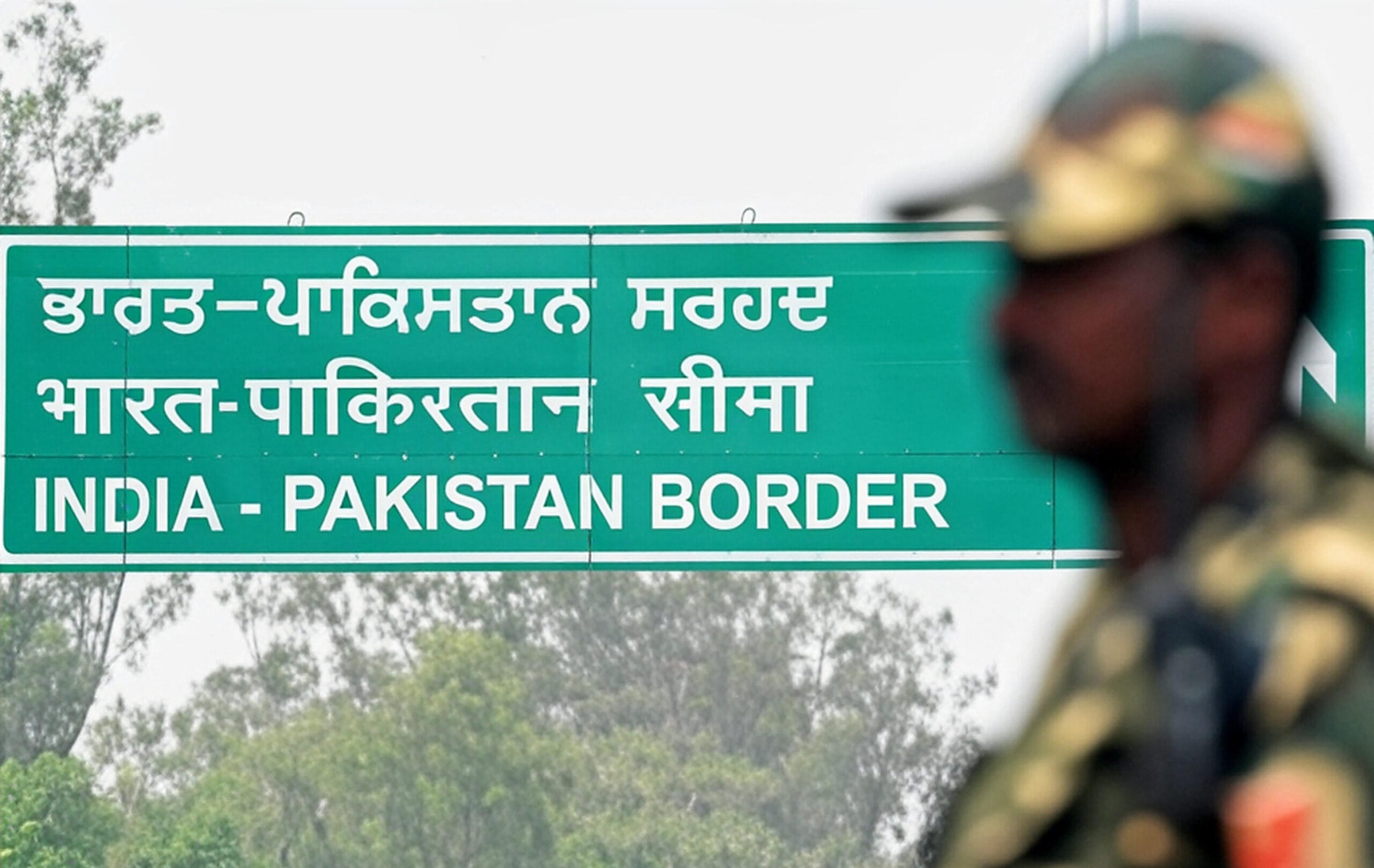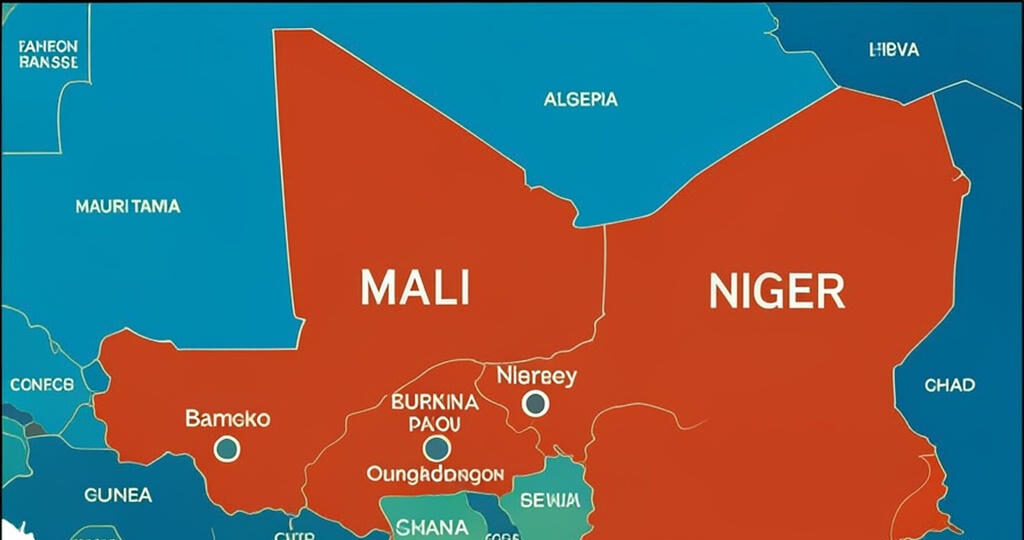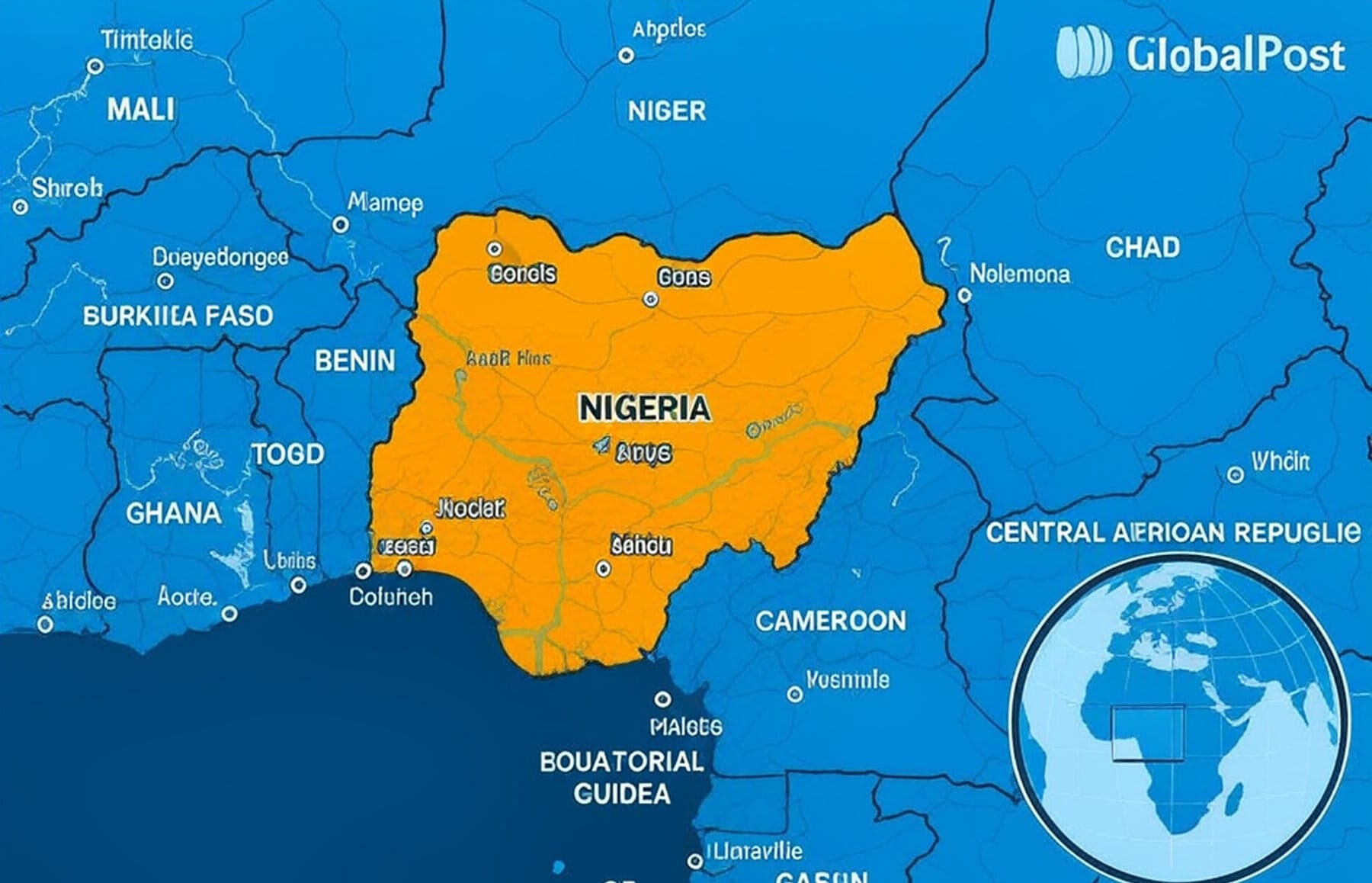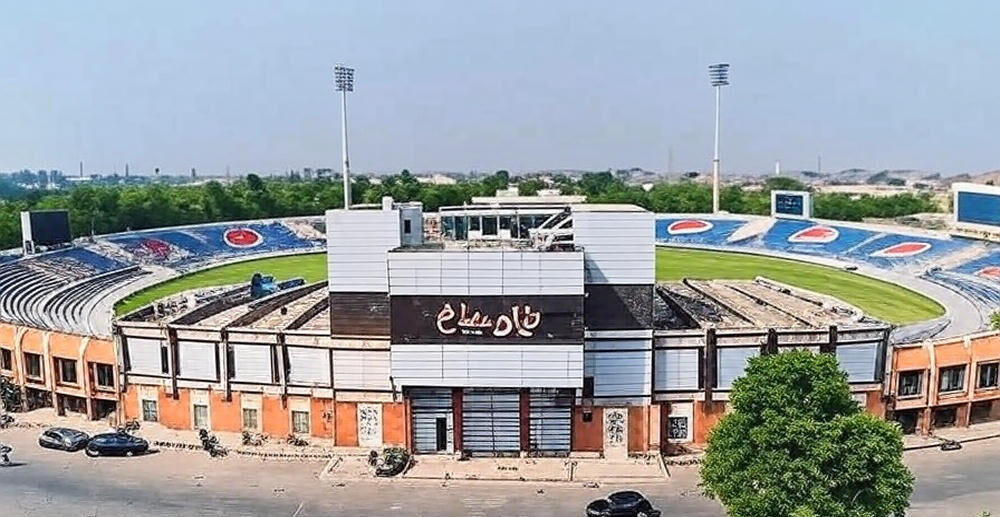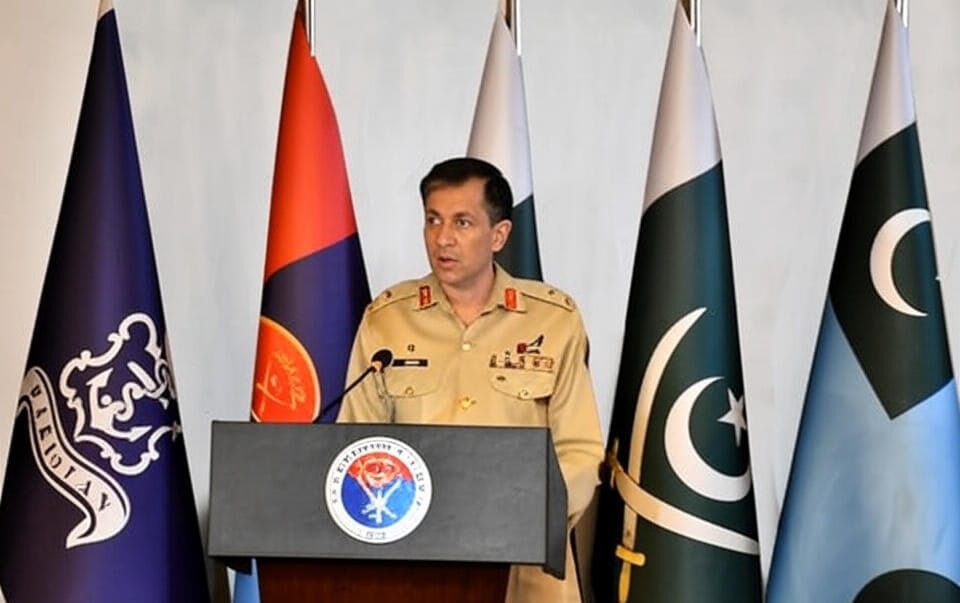
By Grok Insights November 4, 2025
In the context of persistent regional security challenges, the Pakistan Armed Forces maintain a vigilant and strategic posture against evolving threats. The DG ISPR press conference held on November 3, 2025, by Lieutenant General Ahmed Sharif Chaudhry at the ISPR headquarters in Rawalpindi, offered a detailed account of recent counter-terrorism operations in Pakistan. This DG ISPR briefing addressed TTP militants elimination, Pakistan-Afghanistan border security upgrades, Line of Control (LoC) violations, and broader implications for national security in Pakistan. As terrorism in Khyber Pakhtunkhwa and cross-border issues dominate headlines, this session reinforced the military’s role in fostering stability through transparency and decisive action.
DG ISPR Press Conference Key Takeaways
Comprehensive Overview of the November 3 Briefing
Lieutenant General Chaudhry opened the DG ISPR press conference by affirming the armed forces’ dedication to safeguarding Pakistan national security. He provided a structured update on intelligence-led initiatives, emphasizing inter-agency coordination. The briefing, lasting over an hour, included visual aids such as maps of operation zones and recovered weaponry, enhancing public understanding of complex security dynamics.
Role of Intelligence in Preemptive Strikes
Central to the discussion was the reliance on robust intelligence networks. Chaudhry explained how real-time data from multiple sources enabled proactive interventions, preventing potential large-scale attacks. This approach has evolved significantly since the merger of tribal areas, integrating local community inputs to refine targeting accuracy.
Counter-Terrorism Operations in North Waziristan
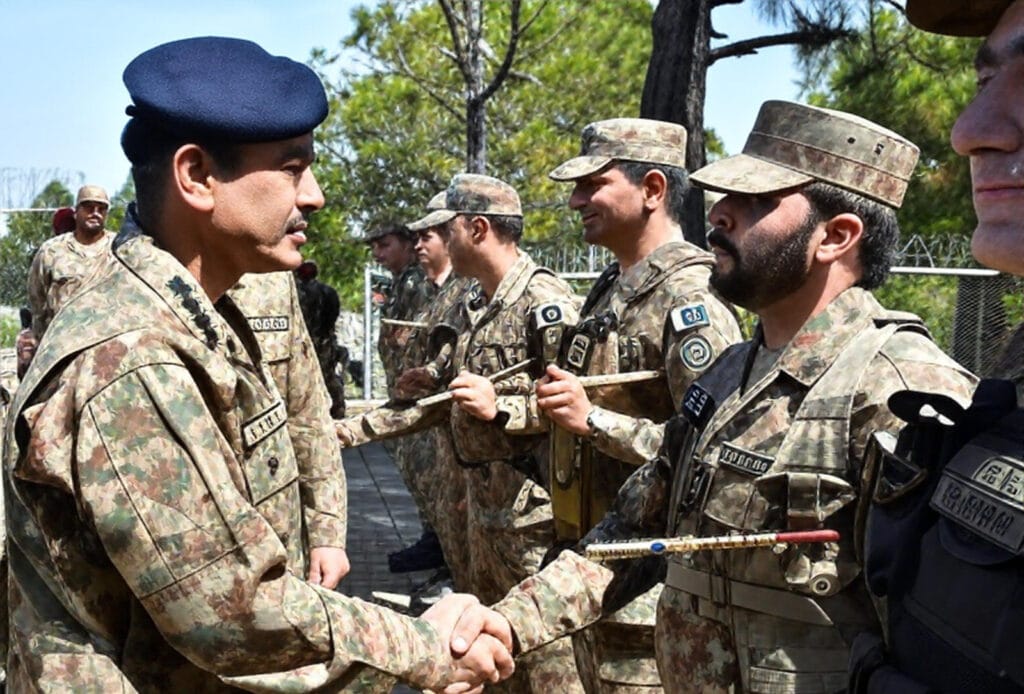
Detailed Breakdown of Intelligence-Based Operations (IBOs)
The spotlight remained on North Waziristan operations, where 12 TTP militants were neutralized in a meticulously planned IBO. Among the eliminated were two commanders instrumental in recruiting and funding insurgent activities.
- Seized Assets: Large caches of arms, IED components, and communication devices were recovered, revealing links to foreign sponsorship of terrorism.
- Operational Efficiency: The engagement concluded without any losses to Pakistani forces, attributing success to superior training and technological integration.
These IBOs in Khyber Pakhtunkhwa not only dismantled immediate threats but also severed critical supply lines, weakening the TTP’s operational capacity in the region. Chaudhry noted a 25% reduction in militant incidents in the area over the past quarter, crediting sustained pressure through similar actions.
Humanitarian and Community-Focused Measures
Acknowledging the human element, the DG ISPR detailed protocols to minimize civilian impact. Two injured locals received prompt medical evacuation and treatment at military hospitals. Rehabilitation programs in affected villages include infrastructure rebuilding and vocational training, aiming to erode militant recruitment bases through socioeconomic empowerment.
Long-Term Strategy Against TTP Resurgence
Chaudhry outlined a multi-pronged strategy: continuous IBOs, deradicalization initiatives, and youth engagement programs. He stressed that while kinetic operations yield immediate results, addressing ideological extremism requires parallel efforts in education and governance.
Pakistan-Afghanistan Border Security Enhancements
Advanced Technology Deployment Along the Frontier
To combat cross-border infiltration, the military has accelerated the rollout of drones, ground sensors, and AI-driven monitoring systems along the Pak-Afghan border. These tools provide 24/7 surveillance, detecting movement patterns with high precision.
Pakistan’s repeated appeals to Afghanistan for dismantling TTP safe havens were reiterated, with Chaudhry warning that inaction could compel further unilateral actions. Diplomatic channels remain open, but security imperatives take precedence.
Economic and Strategic Stakes in Border Stability
Secure borders are indispensable for initiatives like the China-Pakistan Economic Corridor (CPEC). Chaudhry linked enhanced security to economic growth, noting that protected trade routes attract foreign investment and bolster economic stability in Pakistan. Disruptions from insurgent activities have historically cost billions; recent measures aim to mitigate such risks.
Collaborative Potential with Regional Partners
While focusing on self-reliance, the briefing hinted at opportunities for joint patrols or intelligence exchanges if Afghan authorities demonstrate commitment. This balanced diplomacy underscores Pakistan’s preference for cooperative solutions.
Line of Control Violations and Pakistan’s Response
Analysis of Recent LoC Incidents
The DG ISPR attributed a spike in LoC ceasefire violations to unprovoked Indian firing, labeling it as deliberate provocation. Pakistan’s responses have been calibrated—targeting only military posts involved in aggression—preventing broader conflict.
Visual evidence presented during the conference included satellite imagery of violation sites, reinforcing claims of restraint. Chaudhry invoked the 2003 ceasefire agreement, urging India to honor commitments for regional peace.
Implications for Kashmir and Bilateral Relations
These incidents exacerbate tensions in Kashmir, where civilian casualties from shelling remain a concern. The briefing called for international mediation to enforce de-escalation, positioning Pakistan as a responsible stakeholder.
Domestic and Emerging Threats Addressed
Reaffirmation of the Military’s Apolitical Role
Amid speculative media narratives, Chaudhry categorically denied any military involvement in politics. He pledged full support for democratic institutions in Pakistan, emphasizing constitutional boundaries.
Countering Hybrid Warfare and Cyber Threats
The rise of hybrid warfare prompted updates on fortified cyber defenses. Collaborative efforts with national agencies have thwarted numerous digital intrusions aimed at disinformation and infrastructure sabotage.
Media’s Role in National Security Narrative
Chaudhry urged responsible reporting, cautioning against sensationalism that aids enemy propaganda. He advocated for fact-based journalism to strengthen national unity against terrorism.
Implications for Pakistan National Security
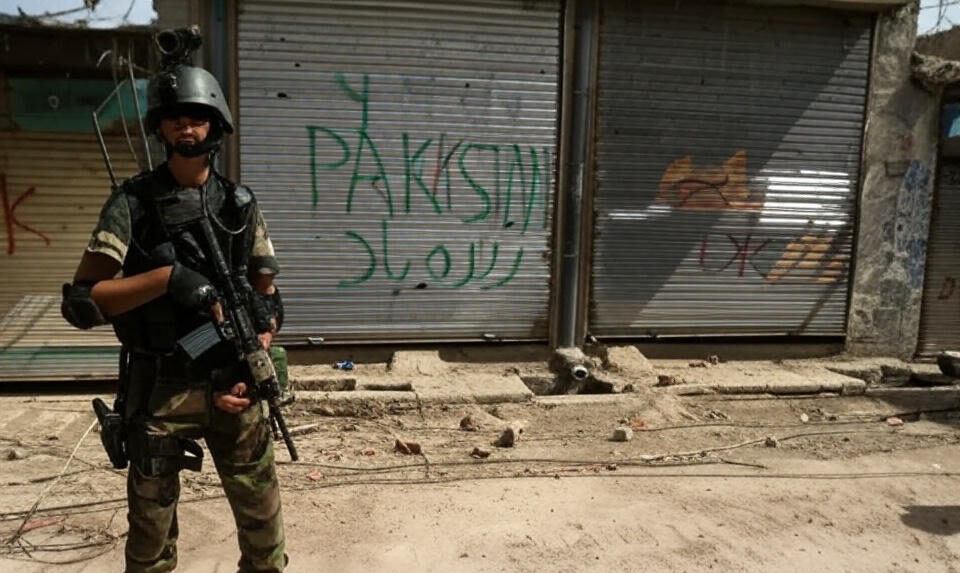
Integrating Military Successes with Policy Frameworks
The briefing’s outcomes feed into broader national security policies, influencing budget allocations and international aid requests. Success in tribal areas sets precedents for replicating models in Balochistan and urban centers.
Public Confidence and Transparency
Regular DG ISPR press conferences build trust by demystifying operations. This transparency counters misinformation and aligns public perception with ground realities.
Pathways to Long-Term Counter-Terrorism Success
Socioeconomic Development in Vulnerable Regions
Enduring peace demands investment in FATA community resilience. Programs focusing on education, healthcare, and employment can dismantle militancy’s appeal at its roots.
International Advocacy and Pressure
Pakistan must leverage forums like the UN to highlight TTP safe havens in Afghanistan. Allied nations, including the U.S., are encouraged to provide technical assistance without infringing sovereignty.
Future Outlook and Adaptive Strategies
As threats morph—incorporating drones and cyber elements—the armed forces adapt through innovation and training. Upcoming DG ISPR briefings will likely detail progress in these domains, ensuring informed public discourse on Pakistan military operations.
In conclusion, the November 3, 2025, DG ISPR press conference exemplifies proactive governance in security matters. By blending operational triumphs with diplomatic overtures, Pakistan charts a course toward sustainable stability. Stakeholders, from citizens to global partners, must support these efforts to realize a terror-free region.
Refrance
https://www.ispr.gov.pk/press-release-detail.php?id=6789https://www.youtube.com/watch?v=dgispr-nov3-2025https://www.dawn.com/news/1865432https://www.thenews.com.pk/print/1123456https://www.geo.tv/latest/567890
